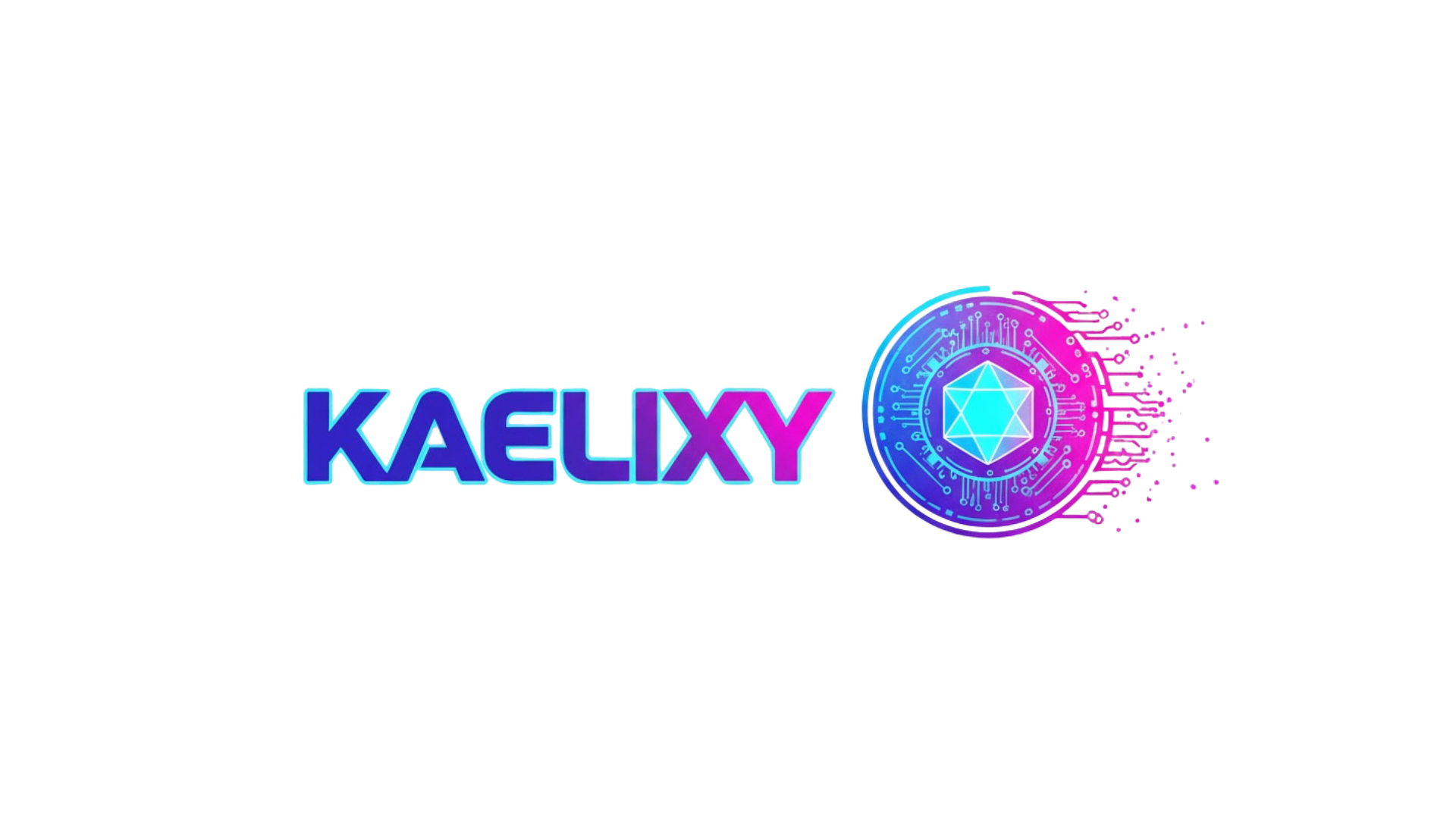In our hyper-connected world, stepping away from screens isn’t just a luxury—it’s becoming essential for both personal health and planetary survival.
🌍 The Hidden Environmental Cost of Our Digital Habits
Every scroll, swipe, and stream carries an environmental footprint that most of us never consider. Our smartphones, tablets, and computers consume vast amounts of energy, not just when we’re using them, but throughout their entire lifecycle—from manufacturing to disposal. The digital infrastructure supporting our online lives generates approximately 4% of global greenhouse gas emissions, a figure that’s projected to double by 2025.
Data centers powering social media platforms, streaming services, and cloud storage facilities operate 24/7, requiring enormous energy resources. A single data center can consume as much electricity as a small town. When we mindlessly check our phones hundreds of times daily, we’re contributing to this energy demand. The production of electronic devices also requires rare earth minerals, often mined under environmentally destructive conditions, creating toxic waste and habitat destruction.
The average smartphone contains over 60 different elements, including precious metals like gold, silver, and platinum. Mining these materials generates significant carbon emissions and environmental degradation. Moreover, electronic waste is the fastest-growing waste stream globally, with only 17% being properly recycled. The remaining devices end up in landfills, leaching harmful chemicals into soil and water systems.
💡 Understanding Digital Detox: More Than Just Turning Off Your Phone
A digital detox represents a conscious decision to reduce screen time and create healthier boundaries with technology. It’s not about abandoning modern conveniences entirely, but rather developing a more intentional relationship with our devices. This practice can range from designated phone-free hours to extended periods without social media or complete technology breaks.
The concept emerged as researchers began documenting the psychological and physical toll of constant connectivity. Studies reveal that the average person spends over seven hours daily on screens, not including work-related usage. This excessive exposure affects our sleep patterns, mental health, relationships, and even our posture and eyesight.
Digital detox practices vary based on individual needs and lifestyles. Some people implement “tech-free Tuesdays,” while others establish no-phone zones in their homes. The key is finding sustainable approaches that reduce dependency without causing anxiety or impacting necessary communications.
🧠 The Psychological Benefits of Unplugging
Research consistently demonstrates that reducing screen time significantly improves mental health outcomes. Constant notifications trigger stress responses, keeping our nervous systems in perpetual alert mode. When we disconnect, our brains finally get the rest they desperately need, allowing cortisol levels to normalize and anxiety to diminish.
Social media platforms are engineered to be addictive, using psychological triggers that release dopamine—the same neurotransmitter involved in substance addiction. This creates a cycle of craving and reward that can be difficult to break. Taking regular breaks helps reset these neural pathways, reducing compulsive checking behaviors and improving our ability to focus on present-moment experiences.
People who practice digital detox regularly report improved sleep quality, better concentration, enhanced creativity, and deeper personal relationships. Without the constant comparison trap of social media, self-esteem often improves dramatically. The mental space previously occupied by digital noise becomes available for reflection, problem-solving, and genuine human connection.
Breaking Free from the Comparison Culture
Social media platforms present carefully curated versions of reality that rarely reflect actual lived experiences. This constant exposure to idealized lifestyles, bodies, and achievements creates unrealistic expectations and fuels dissatisfaction. Studies link heavy social media use to increased rates of depression, anxiety, and body image issues, particularly among younger users.
When we step away from these platforms, we reclaim our authentic experiences. Life becomes about living rather than documenting. Meals taste better when we’re not photographing them. Sunsets become more beautiful when we’re not viewing them through a camera lens. Relationships deepen when we give people our full attention rather than divided focus between them and our screens.
🌱 Environmental Gains from Digital Minimalism
Reducing our digital consumption directly decreases energy demand. Every hour we spend away from screens represents electricity saved, carbon emissions reduced, and infrastructure strain lessened. If every internet user reduced their daily screen time by just one hour, the cumulative energy savings would be equivalent to taking millions of cars off the road.
Digital detox practices also extend device lifespans. When we use our electronics less intensively, batteries degrade more slowly, processors experience less wear, and the need for upgrades diminishes. This reduced consumption cycle means fewer devices manufactured, fewer resources extracted, and less electronic waste generated.
Streaming video accounts for the largest portion of internet traffic and energy consumption. A single hour of streaming can emit as much CO2 as driving a car for several miles. By being more selective about what we watch and choosing lower-resolution options when high definition isn’t necessary, we can significantly reduce our digital carbon footprint.
The Power of Collective Action
Individual changes create ripples that become waves. When we adopt digital detox practices, we influence friends, family, and colleagues through our example. This cultural shift toward more mindful technology use can pressure tech companies to prioritize sustainability and design products that encourage healthier usage patterns rather than addiction.
Communities worldwide are embracing technology-free spaces and events. From phone-free dining experiences to digital sunset policies in workplaces, these collective efforts normalize disconnection and create social permission to step away from constant connectivity.
⚡ Practical Strategies for Your Digital Detox Journey
Starting a digital detox doesn’t require dramatic overnight changes. Small, consistent adjustments create lasting transformation. Begin by auditing your current screen time using built-in device features that track usage patterns. This awareness often proves shocking and motivating.
Establish clear boundaries around device use. Designate specific times and spaces as technology-free zones. Many people find success with charging phones outside the bedroom, creating morning routines before checking devices, and implementing “no phones at the table” policies during meals.
Replace digital habits with analog alternatives. Instead of scrolling social media before bed, read a physical book. Rather than watching cooking videos, prepare actual meals. Substitute virtual exercise classes with outdoor activities. These substitutions not only reduce screen time but also enrich your life with more meaningful experiences.
Building Your Tech-Free Toolkit
Success often requires practical tools and alternatives. Consider these approaches:
- Use a traditional alarm clock instead of your phone to avoid early morning scrolling
- Invest in a wristwatch so you don’t check your phone just to see the time
- Keep a physical journal for thoughts and ideas rather than using notes apps
- Purchase physical maps or a dedicated GPS device for navigation on tech-free days
- Create a phone “parking station” by your door where devices rest when you’re home
- Schedule regular outdoor activities that naturally discourage phone use
For those who want structured support, several apps ironically help reduce phone usage by tracking habits, blocking distracting applications, and rewarding screen-free time. Forest, for example, gamifies staying off your phone by growing virtual trees that die if you break focus.
🏡 Creating a Sustainable Digital Lifestyle
The goal isn’t technological abstinence but intentional use. Sustainable digital habits balance connectivity’s benefits with protection of our mental health and environmental resources. This means being selective about which platforms deserve our attention, which notifications truly require immediate responses, and which online activities add genuine value to our lives.
Implement a “one in, one out” rule for apps. Before downloading something new, delete an existing app. This prevents digital clutter and forces consideration of whether new apps truly serve important purposes. Regularly audit your subscriptions, unfollowing accounts that don’t bring joy or value, and leaving groups that drain energy rather than provide community.
Consider adopting a “digital sabbath”—one full day each week completely free from unnecessary technology use. Many who practice this report it becomes their favorite day, filled with activities, conversations, and experiences that had been crowded out by screen time. This regular reset prevents digital fatigue from accumulating and maintains perspective on technology’s proper place in our lives.
Workplace Boundaries in a Hyper-Connected World
Professional obligations often complicate digital detox efforts. However, establishing boundaries around work communication actually improves productivity and job satisfaction. Communicate clear availability hours to colleagues and clients. Use auto-responders to manage expectations during off-hours. Separate work and personal devices when possible, allowing complete disconnection outside working hours.
Many progressive companies now recognize that constant connectivity leads to burnout, decreased creativity, and higher turnover. Advocating for reasonable communication policies benefits both individual well-being and organizational health. The most productive workers aren’t those perpetually online but those who balance focus periods with genuine rest.
🌟 Reclaiming Your Attention and Your Life
Our attention is our most valuable resource—more precious than time or money. Where we direct our focus determines the quality of our experiences and the depth of our relationships. Digital devices constantly compete for this limited resource, fragmenting our consciousness into shallow, distracted states.
When we practice digital detox, we’re not just reducing screen time—we’re reclaiming sovereignty over our minds. We’re choosing to invest attention in what truly matters: meaningful relationships, personal growth, creative pursuits, and direct engagement with the natural world. This shift from passive consumption to active participation transforms how we experience life.
The practice also reveals how much of our digital use serves as avoidance or emotional regulation. We check phones when bored, anxious, lonely, or uncomfortable. Learning to sit with these feelings without immediately reaching for digital distraction builds emotional resilience and self-awareness. This discomfort is temporary, but the growth it enables is lasting.
🔄 The Ripple Effects Beyond Personal Benefits
Your digital detox choices influence systems far beyond your immediate experience. Reduced demand for streaming services, social media engagement, and constant connectivity sends market signals. Tech companies track user behavior meticulously—when people choose to disconnect, it impacts business models built on attention extraction.
Children and teenagers particularly benefit when adults model healthy technology relationships. Young people are growing up in an unprecedented experiment of constant connectivity, with rising rates of anxiety, depression, and social difficulties linked to excessive screen time. By establishing technology boundaries in our own lives, we create templates for healthier development in younger generations.
Communities benefit too. When people are present rather than absorbed in devices, social fabric strengthens. Neighbors actually talk to each other. Public spaces become venues for human interaction rather than collections of individuals staring at screens. This revitalization of genuine community connection addresses isolation and loneliness—epidemics in our digitally-connected but socially-disconnected society.

🌈 Your Personal Revolution Starts Today
Beginning a digital detox practice doesn’t require waiting for perfect conditions or elaborate plans. Start now, start small, but start consistently. Choose one simple change: perhaps leaving your phone in another room for the first hour after waking, or implementing technology-free dinners with family.
Track your progress and notice changes—improved mood, better sleep, deeper conversations, increased productivity, or simply feeling more present in your own life. These positive reinforcements motivate continued practice and gradual expansion of technology boundaries.
Remember that perfection isn’t the goal. There will be days when you slip back into old patterns, moments when disconnecting feels impossible. Approach your practice with self-compassion, treating setbacks as learning opportunities rather than failures. Sustainable change happens through consistent small choices, not dramatic transformations that prove impossible to maintain.
The planet needs us to consume less—less energy, fewer resources, less manufactured demand. Your well-being needs you to be present—genuinely engaged with life rather than perpetually distracted by screens. Fortunately, these needs align perfectly. By embracing digital detox practices, you simultaneously improve your personal health and contribute to planetary healing.
The irony isn’t lost that you’re probably reading this on a screen. Use that awareness productively—once you finish, perhaps step away from technology for a while. Notice what you experience in that space. Feel the liberation that comes from reclaiming your attention. Recognize that you have more power over your relationship with technology than tech companies want you to believe.
Your life is happening right now, in this moment, not through a screen. The planet needs conscious inhabitants, not distracted consumers. Recharge your life by disconnecting regularly, and discover that the most meaningful connections require no WiFi signal at all. The revolution isn’t coming—it begins the moment you set down your device and fully inhabit your beautifully analog, magnificently real, absolutely irreplaceable life.
Toni Santos is an eco-spirituality researcher and planetary healing writer exploring how earth-based rituals, nature-centred philosophy and sacred ecology reconnect humanity with the living planet. Through his work on environment, consciousness and ritual, Toni examines how our relationship with Earth influences our awakening and actions. Passionate about land-wisdom, ritual practice and ecological integration, Toni focuses on how spiritual life can emerge from ecological awareness and how healing flows from land, water and community. His work highlights the union of ecology, mind and spirit — guiding readers toward a more grounded, relational, and sacred life. Blending ritual studies, environmental philosophy and ecological design, Toni writes about the human-earth story — helping readers understand how living systems, community and meaning intertwine in planetary healing. His work is a tribute to: The sacred connection between humanity and Earth’s living systems The power of ritual to rekindle land-memory and collective renewal The vision of ecology as sacred, relational and transformational Whether you are a ritual practitioner, ecological thinker or planet-healer, Toni Santos invites you to explore the path of planetary awakening — one ritual, one ecosystem, one transformation at a time.




